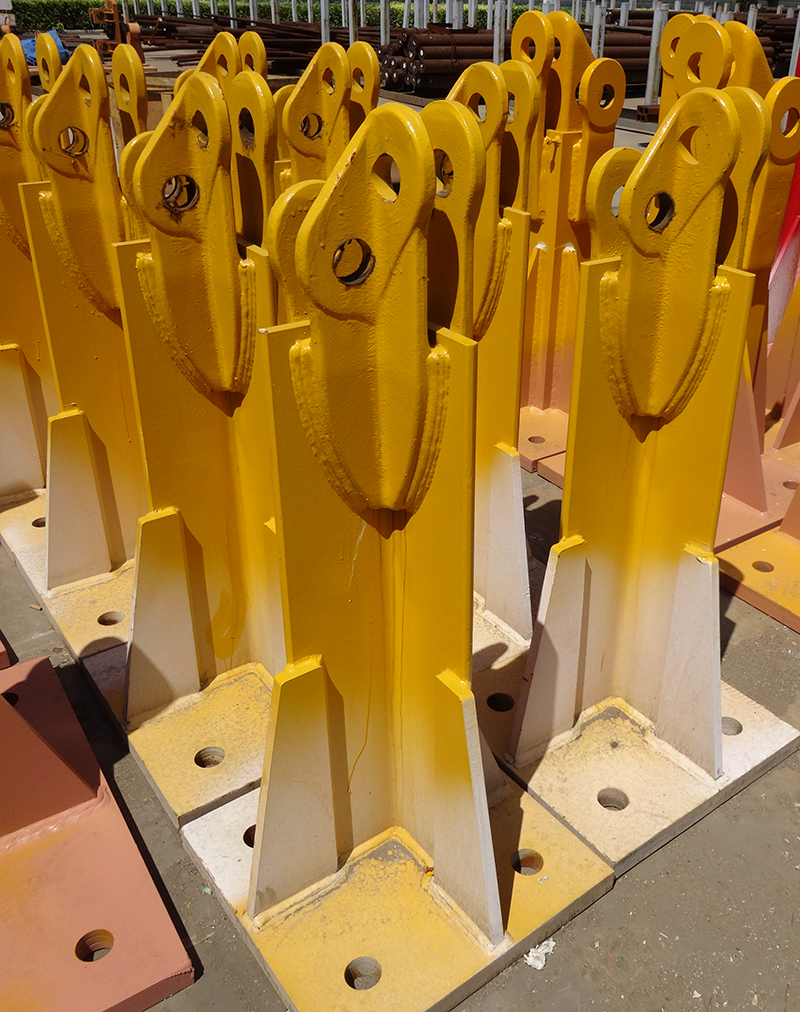Industry analysts once pointed out that: In recent years, China's instrumentation industry has developed rapidly. In 2010, the scale of production and sales of China's instrumentation industry exceeded 500 billion yuan for the first time. Accompanied by the development of increasingly fierce market competition, it has entered a relatively saturated stage.
The high-end market for China's instrumentation relies heavily on imports: On the one hand, the domestic market tends to be saturated; on the other hand, the overall technical level of the industry is not as strong as that of developed countries, and the domestic instrumentation industry lacks scientific and technological content, lacks innovative capacity, and instrumentation. The reliability and stability of the automation system are far from those of foreign products, leading to 100% dependence on imports for many imported high-end measuring instruments.
According to statistics, the value of advanced equipment and equipment imported from abroad each year is nearly 600 billion yuan, of which high-end scientific instruments and medical equipment total about 100 billion yuan, and the annual growth rate is about 30%. This has further triggered the overcapacity of the instrument and meter industry as a whole, resulting in little profit.
Under the background of relative saturation of the market and fierce competition, instrument and instrument companies have introduced measures to improve their industrial competitiveness. First, enterprises should step up efforts to adjust production methods, formulate strict production standards, improve the current chaotic situation, and create a good market environment. Second, companies must take the road of innovation, learn advanced foreign technologies, strengthen technical support, and shorten them as soon as possible. The gap between high-end foreign products competes for the domestic high-end market. Third, talents should be emphasized, high-end technical talents should be introduced, and the use of high-end talents should be used to enhance the level of scientific and technological R&D of the entire industry.
According to the 2013-2017 China Special Instrument Market Analysis and Investment Prospects Report published by Champion Consulting, it shows that although China's instrumentation business has achieved certain development in recent years, the phenomenon of unreasonable structure is still serious. Although the future market development potential of electrical instrumentation products is relatively large, in the current market environment, competition is becoming more intense and the market tends to be saturated. This is also the future trend of China's electrical instrumentation industry. Related companies must recognize the current industry trends and actively seek new outlets in relatively saturated markets.
The fixing angle of a Tower Crane refers to the angle at which the crane is secured to its base or foundation. It is important to ensure that the crane is properly fixed at the correct angle to ensure stability and safety during operation.
The fixing angle of a tower crane is typically determined by the manufacturer and specified in the crane's operating manual. It is usually set at a specific angle to provide optimal stability and load capacity for the crane.
The fixing angle can be adjusted during the initial installation of the crane to ensure it is level and properly aligned. This is typically done using leveling jacks or other adjustable components at the base of the crane.
It is important to follow the manufacturer's guidelines and recommendations when setting the fixing angle of a tower crane to ensure safe and efficient operation. Improper fixing angle can lead to instability, tipping, or other safety hazards.
Tower crane fixing angle is connected between tower body and concrete foundation. Usually, the model of fixing angle is based on the tower crane Mast Section, such as 1.2m s24 mast section, 1.6m L46a1 mast section, 2.0m l68b2 mast section.

Fixing angle is used for connecting of tower crane foundation and tower crane body. Usually the fixing angle is fixed inside the concrete foundation. However, there is one type of tower crane fixing angle which is reusable type. The reusable type fixing angle could be removed from the foundation after tower crane disassembly.
Fixed Leg Fixing Angle,Reusable Fixing Angle,Tower Crane Fixing Angle,Tower Crane Reusable Fixing Angle,Foundation Anchor Fixing Angle
SHEN YANG BAOQUAN BUSINESS CO., LTD , https://www.sczenghui.com